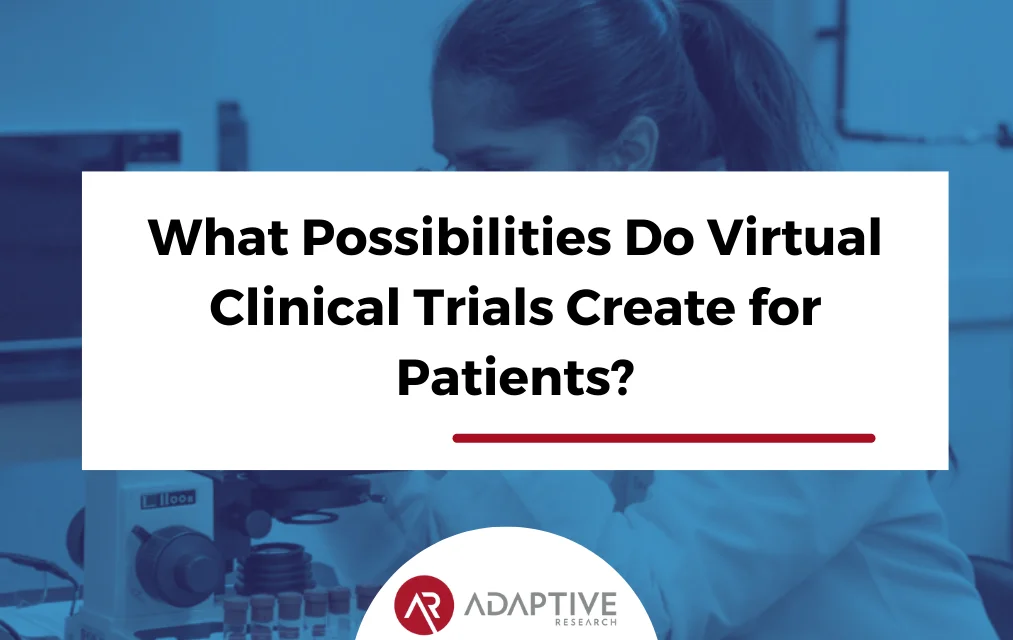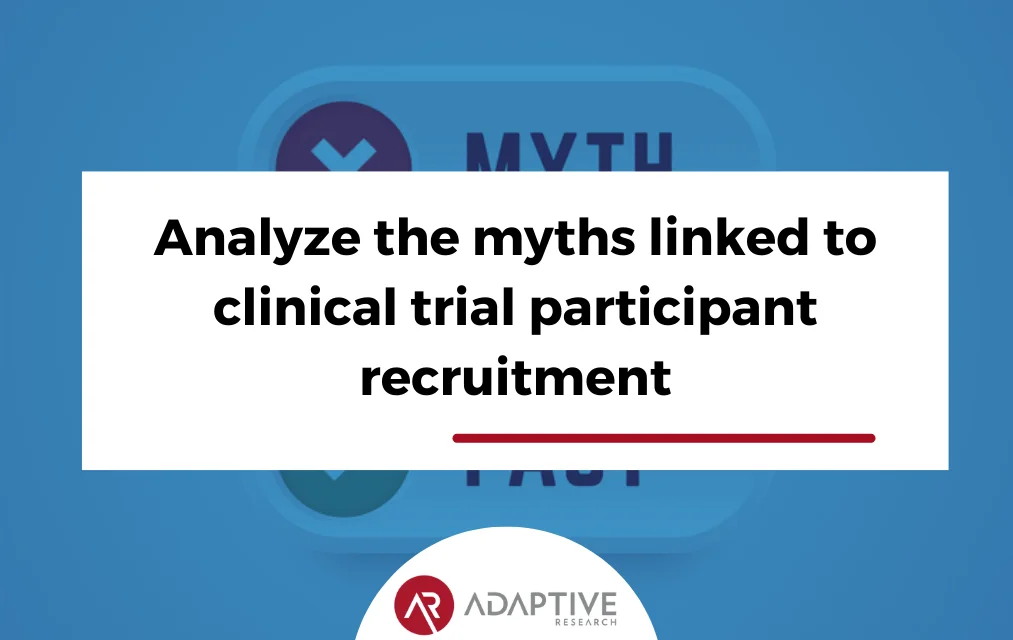What Possibilities Do Virtual Clinical Trials Create for Patients?
Virtual clinical trials are crucial because they drive significant changes to how clinical research is conducted. While a plus for the industry, these decentralized trials also create more convenience for patients hoping to eliminate travel and improve accessibility for better, more efficient care. Clinical trials are typically time-consuming and multi-layered processes that can take several years to complete. The average time ranges between six and seven years, sometimes taking up to 15 years. Plus, the costs involved with traditional clinical trials vary from marketing approval to research and development. Additionally, a large proportion of therapies falter during the early stages of clinical development. Virtual clinical trials, by contrast, as patient-centric because they take full advantage of advanced technologies like electronic monitoring devices and apps to improve patient care with less cost. What are the possibilities and opportunities that virtual trials offer patients? Recruiting Patients with Traditional Clinical Trials is Very Costly One of the biggest causes of clinical trial delays is a lack of patient engagement. Typically, patient recruitment takes up a considerable chunk of the overall budget, which rose in 2021. Many trials fail to meet initial timelines and enrollment targets, with delays resulting in millions of dollars lost for companies. While reaching out to patients who have previously expressed interest in participating in clinical trials and improved targeting strategies help with patient engagement, the costs are still so hefty that they compromise any good-faith attempts to optimize patient recruitment. Virtual clinical trials change the approach for patient engagement, reducing time and costs along the way. Traditional clinical trials exhaust time and expenses due to having a limited reach of fitting trial participants. These traditional trials recruit participants through clinics, hospital visits, and traditional media outlets like TV advertising, radio, and newspapers. Patient geography, however, limits the reach of…




